Illuminating the Wonders of Paris's Nuit Blanche
PARIS — It was nearly 2am and I was watching snow fall on the abandoned railroad tracks of the Petite Ceinture.
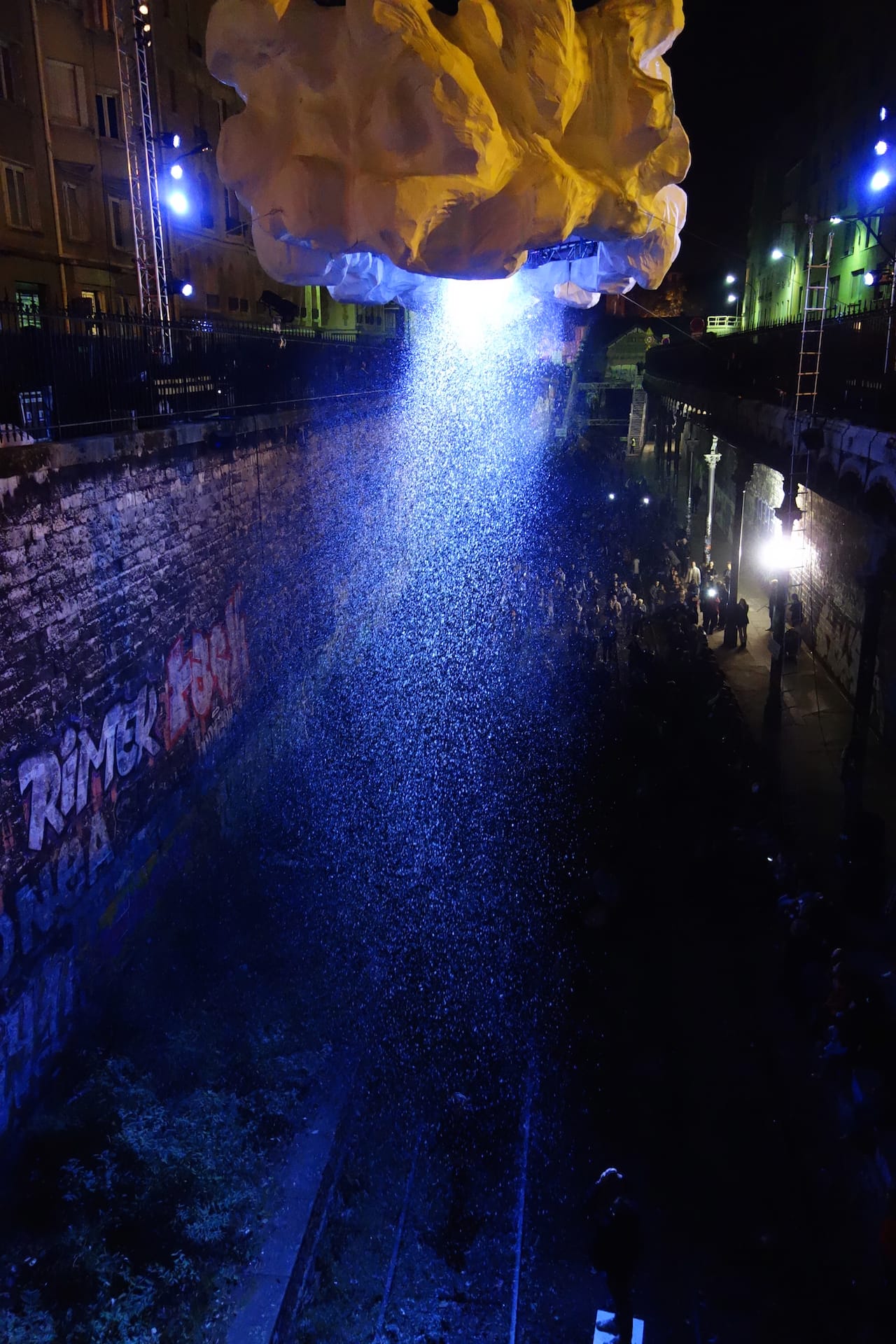
PARIS — It was nearly 2am and I was watching snow fall on the abandoned railroad tracks of the Petite Ceinture. The odd October weather concentrated below the cloud shape of Stéphane Ricordel’s “Nuage” was one of the over 100 art installations and happenings at Saturday’s Nuit Blanche. Since it started in Paris in 2002, the annual dusk-to-dawn event has spread around the world to Tokyo, Toronto, Montréal, Melbourne, Riga, and, briefly, New York City — which participated in 2010 and 2011.

Each year Paris centers the art around different neighborhoods, with 2015 routes on the Right Bank stretching from the northwest to the northeast, plus another branch around the Hôtel de Ville. Unless you have an inexhaustible tolerance for both crowds and walking, it’s impossible to experience more than a fraction of what’s on offer. With a couple of friends, I settled on a path from Parc Monceau to the Petite Ceinture. The 2015 edition was spearheaded by artistic director José-Manuel Gonçalvès, who, with the impending United Nations Climate Change conference beginning November 30 in Paris, focused on climate change and the environment.
We witnessed a printed image of a tree burn away in Sehee Sarah Bark’s short film “Vanished Landscape” at the Cinéma de Plein Air in the Place Lévis, and listened to the croaks, drones, and chirps of insects, birds, and amphibians recorded by Erik Samakh in the south of France and played in the foliage of Parc Monceau. A grotesque howl wailed through the darkness of the Square des Batignolles in Laurent de Carnière and Jean-Benoît Vétillard’s “Territorial Roar,” and on the walls of the Musée Cernuschi photographs by Kim Jung-man were displayed alongside the museum’s Asian artifacts. Things really picked up, however, when we entered the Parc Clichy-Batignolles – Martin-Luther-King, a reclaimed area of former freight yards that opened to the public last year.
During Nuit Blanche, the park was almost imperceptible due to the all-consuming blue fog that flowed in waves over the crowds of people. The installation, titled “Waterlicht,” was by Daan Roosegaarde, the Dutch artist behind Studio Roosegaarde, which has made several strong environmental design statements of late, including the “Smog Free Project” tower in Rotterdam that vacuums smog and turns it into jewelry, and last year’s “Van Gogh Bicycle Path” in Eindhoven, with LED lights inspired by “The Starry Night” demonstrating the potential for glow-in-the-dark roads. With moving LED lights influenced via software by the weather, “Waterlicht” transforms a space to look and feel as if it is under the ocean. Up above, in the park’s pavilion, Friedrich van Schoor and Tarek Mawad’s “Spider Projection V.2” had footage of a huge tarantula attacking various insects. It was suspenseful enough that one woman actually screamed when the arachnid lunged onto a cricket.
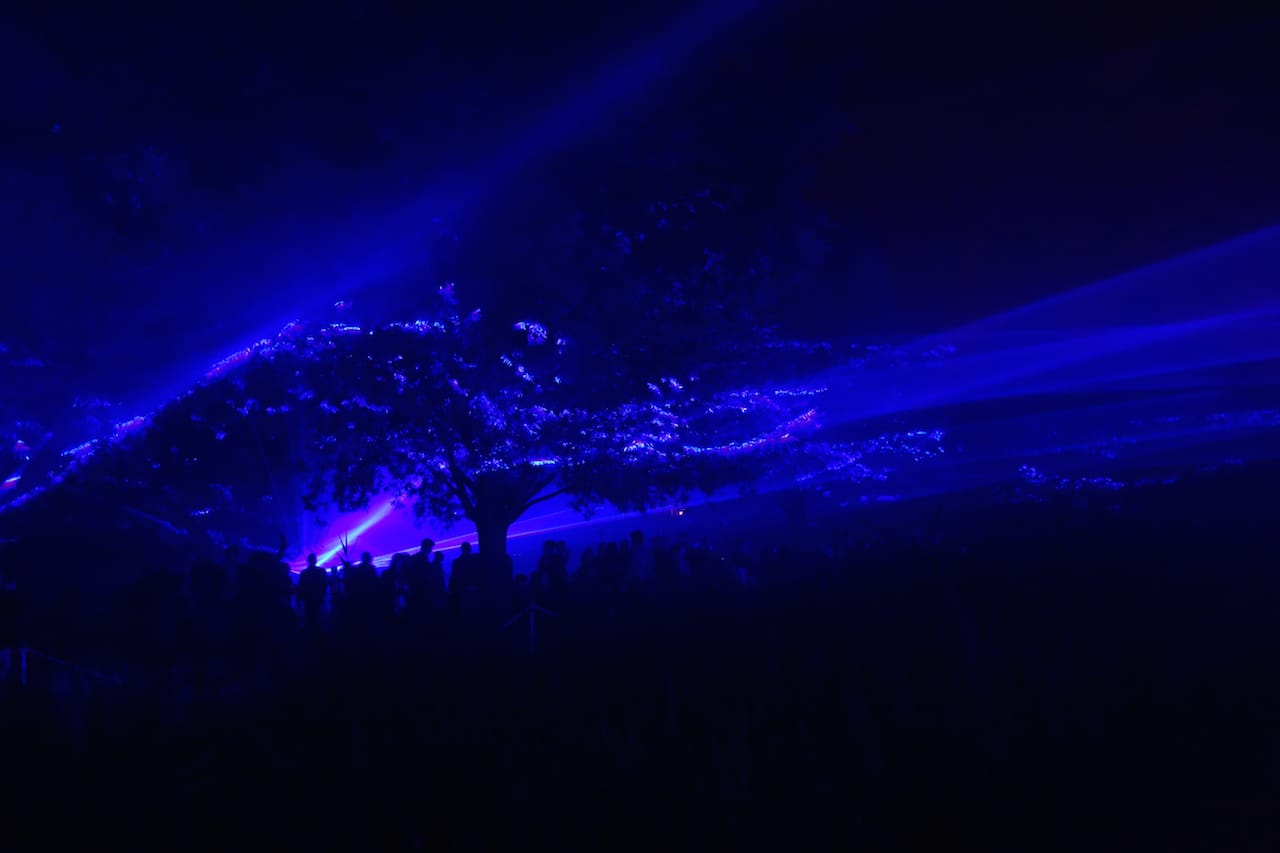
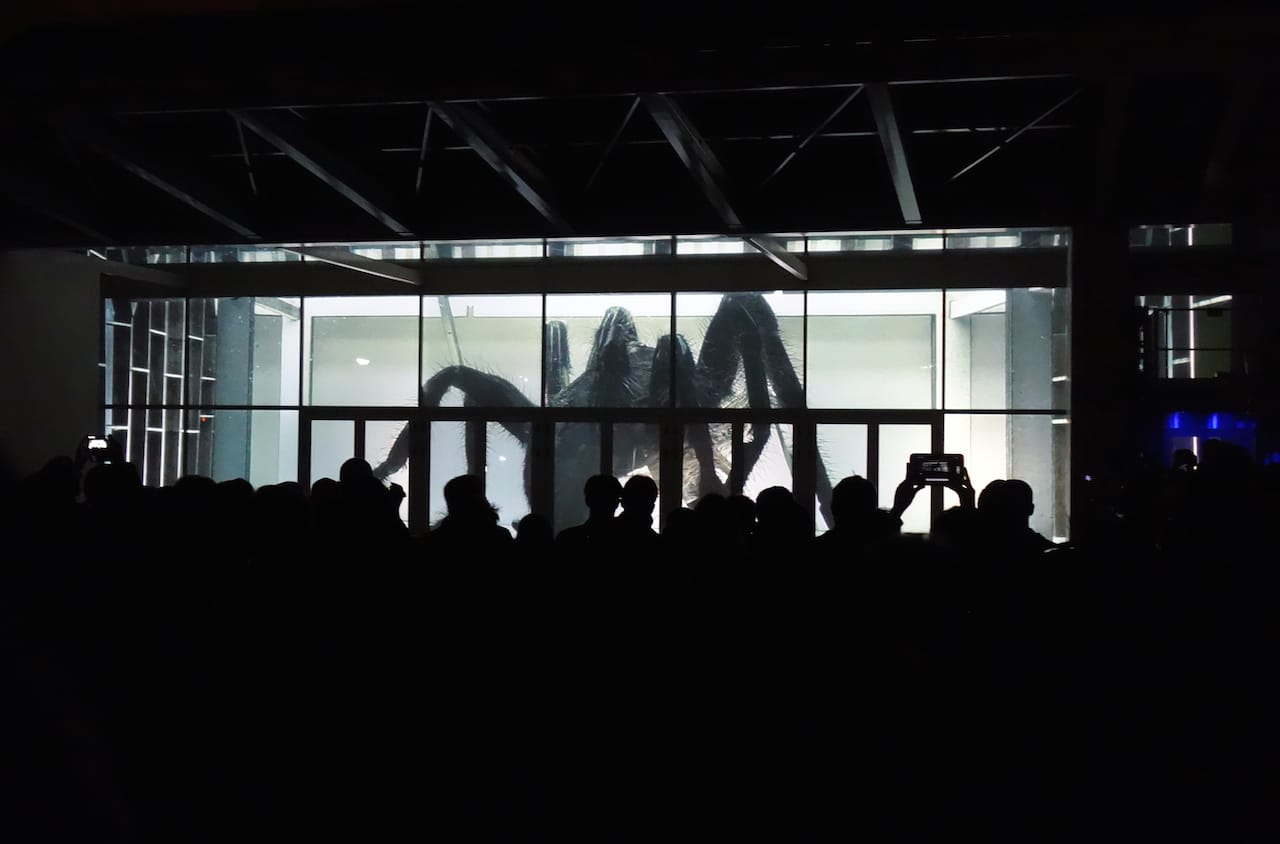
But the most interesting part of Nuit Blanche was the opening of the Petite Ceinture, a railroad that once circled Paris before the metro made it obsolete, and has been mostly abandoned since the 1930s. Paris is spreading outward through development and gentrification, and some parts of the Petite Ceinture are newly transformed, with a restaurant operating out of an old station and a stretch now open as a park. The portion that was opened for Nuit Blanche is still disused, its old tracks lined with stone walls covered in graffiti, rusty railroad nails lodged in the ground. After crossing a bridge, a strange whirring noise grew louder and was soon joined by the manic pulsing of rotating lights in a tunnel. This was Joris Strijbos and Daan Johan’s “Parsec,” a kinetic sculpture with 15 rotating arms, each with its own light and speaker. Some people sat right on the tracks and watched its frantic patterns of rotation.
After I reached Stéphane Ricordel’s “Nuage” further down the Petite Ceinture, I ran out of energy and let the surreal snowfall dusting the tracks be my night’s end. Last year, I’d walked a stretch of the Petite Ceinture with a couple of urban explorers, marveling at how such a huge piece of infrastructure could be left to decay, its tracks overgrown and its tunnels tagged. Nuit Blanche hints at a change for this space forgotten by most of the city for nearly a century, as development and reuse projects encroach. So while the theme of the night was our relationship with the environment, it was just as much about a part of the city in flux.
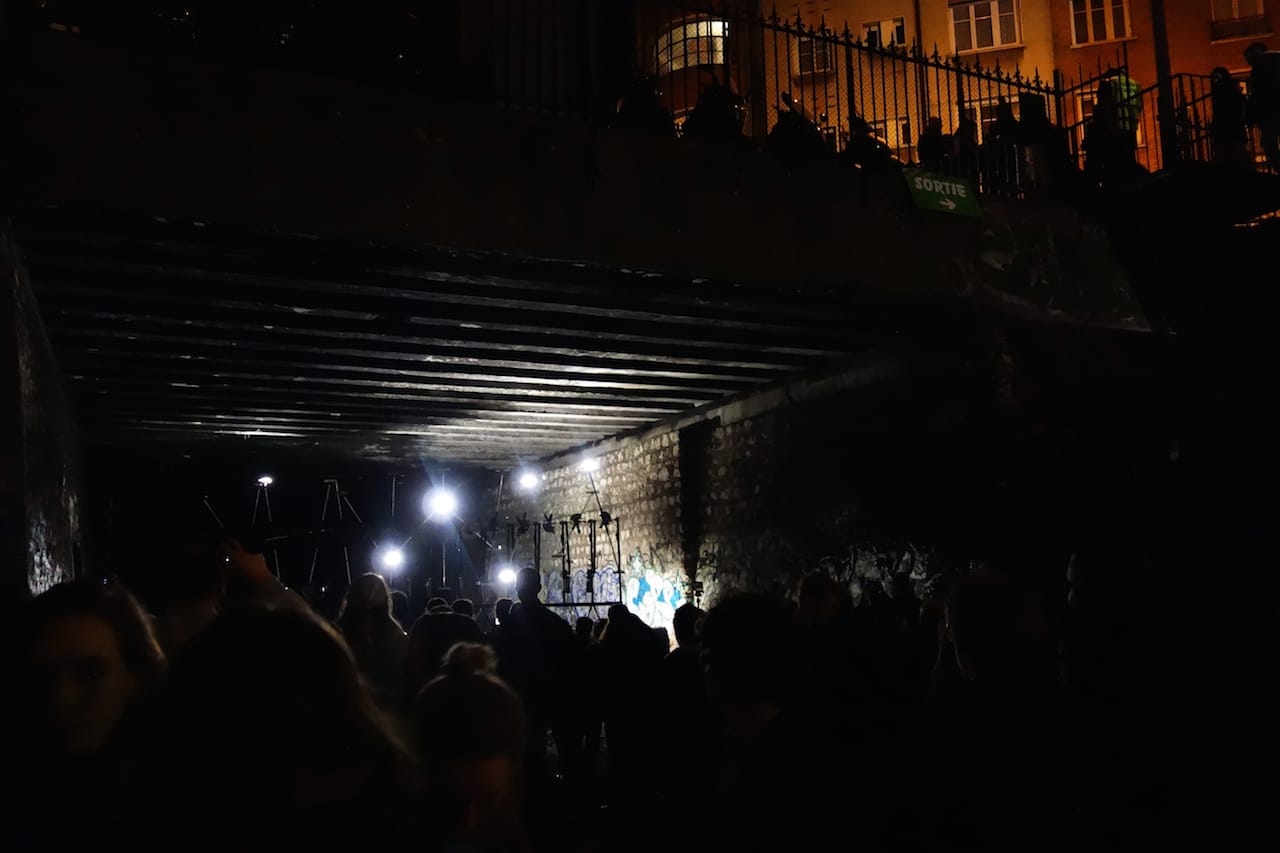

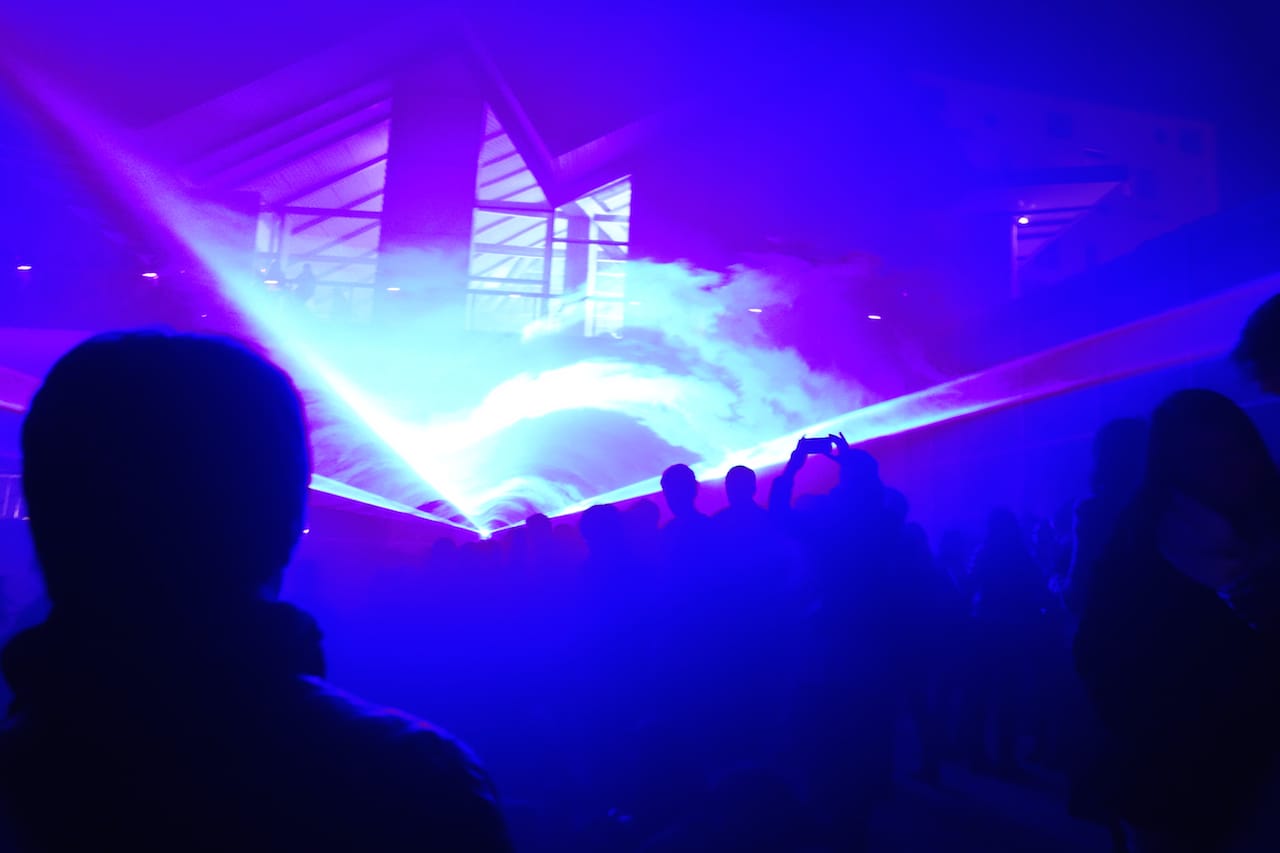
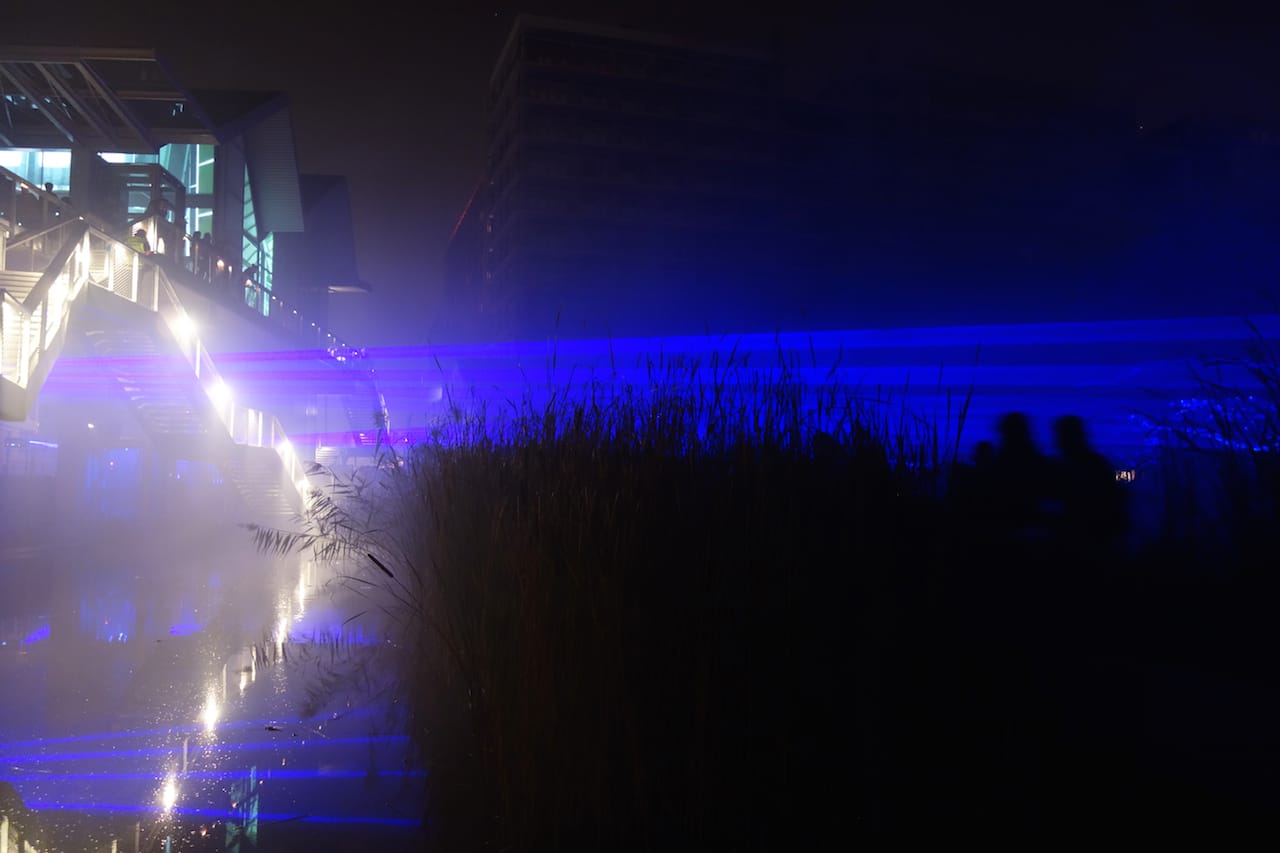
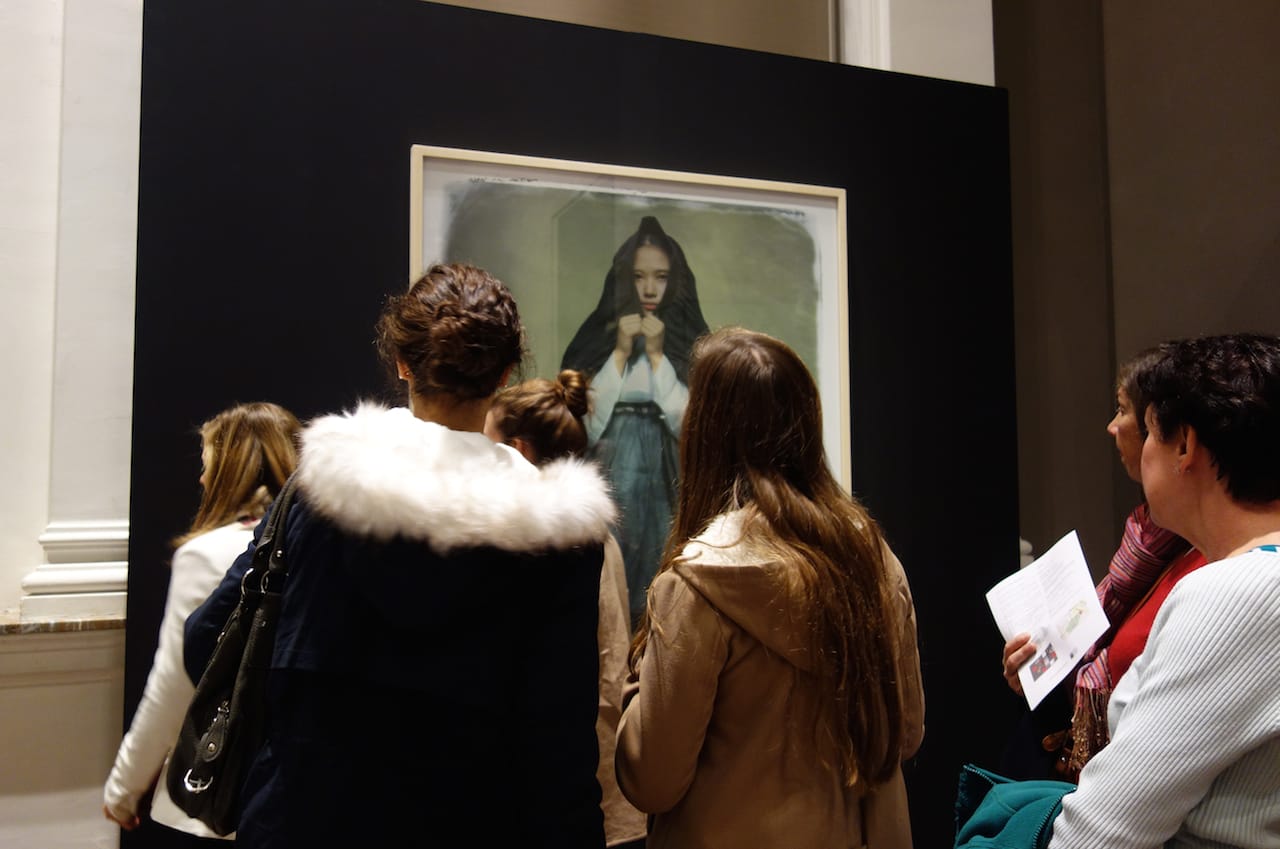
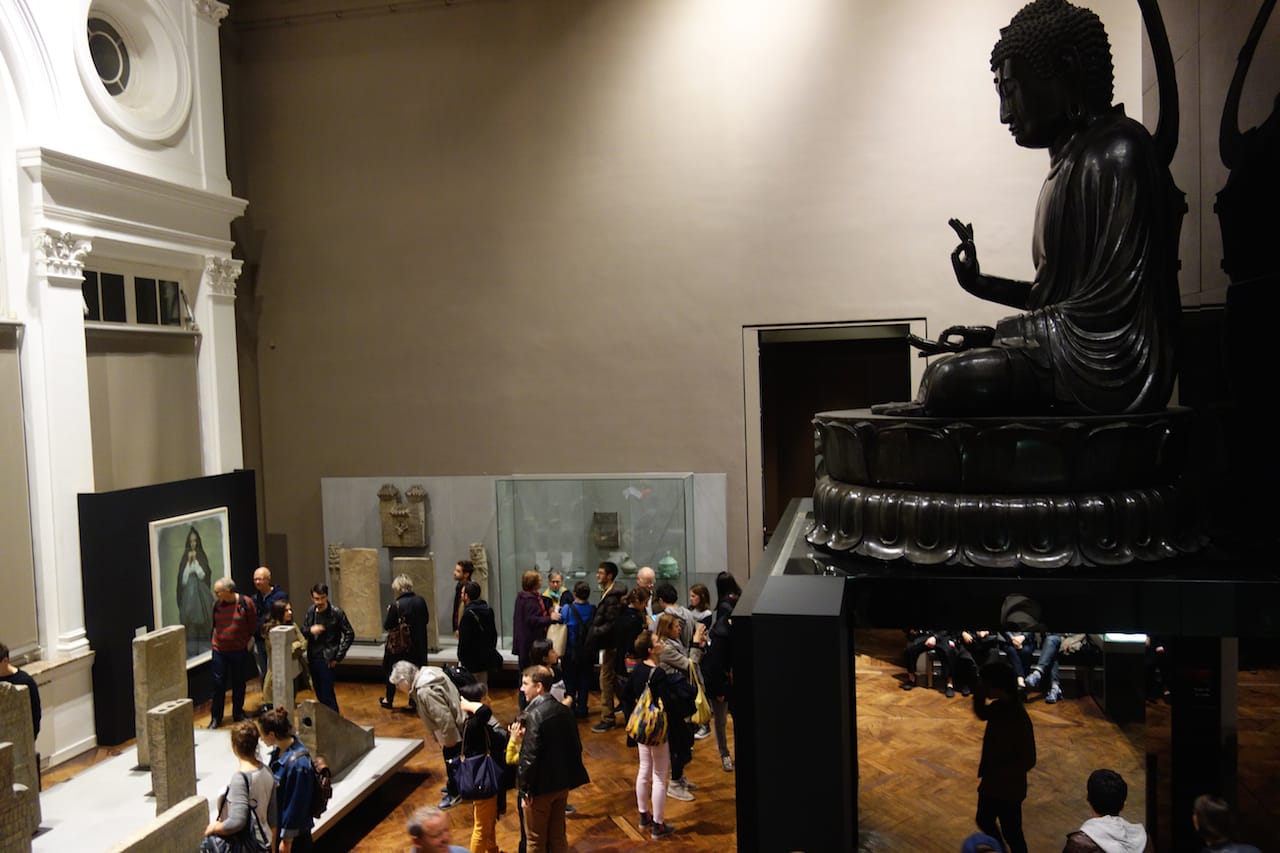
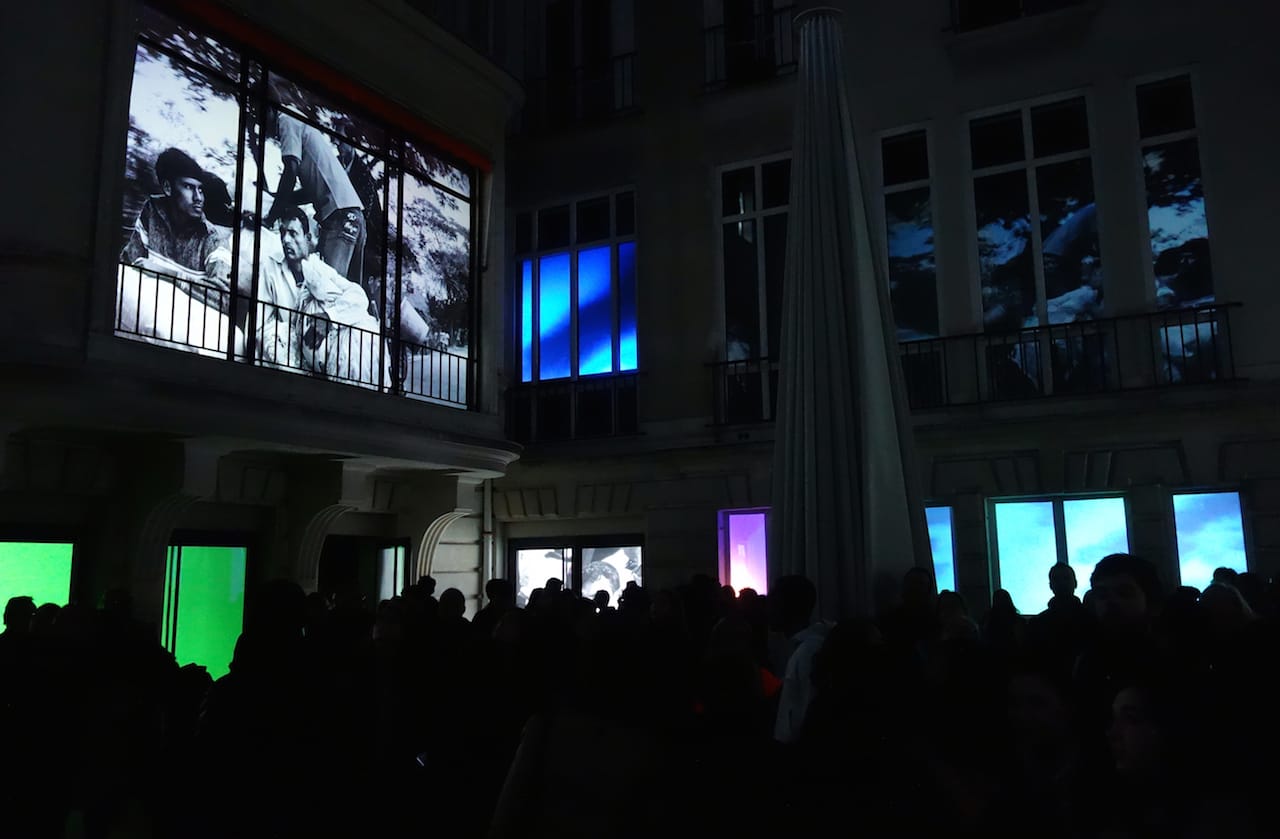
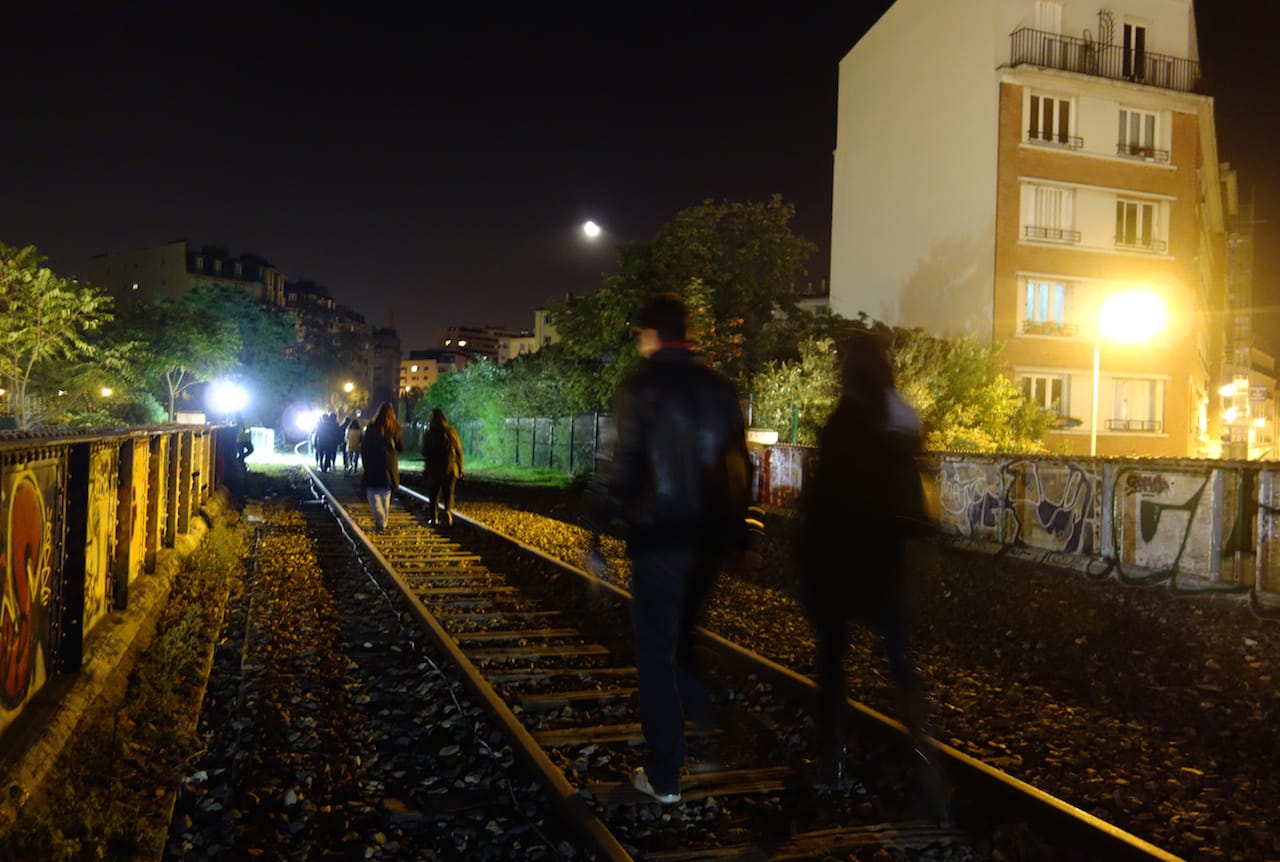
Nuit Blanche 2015 took place on October 3 in venues around Paris, France.





